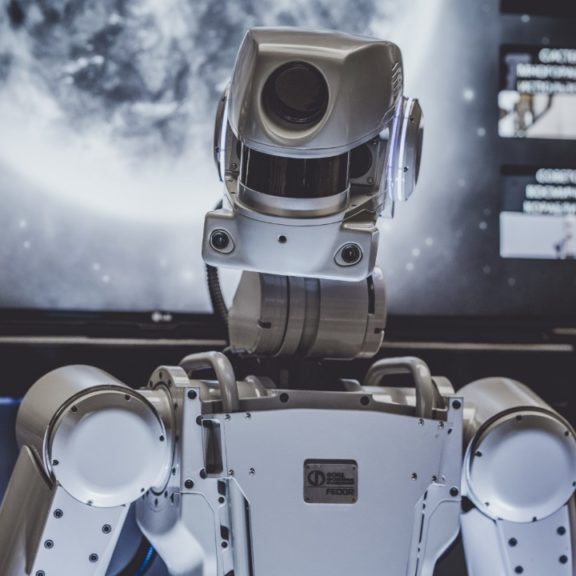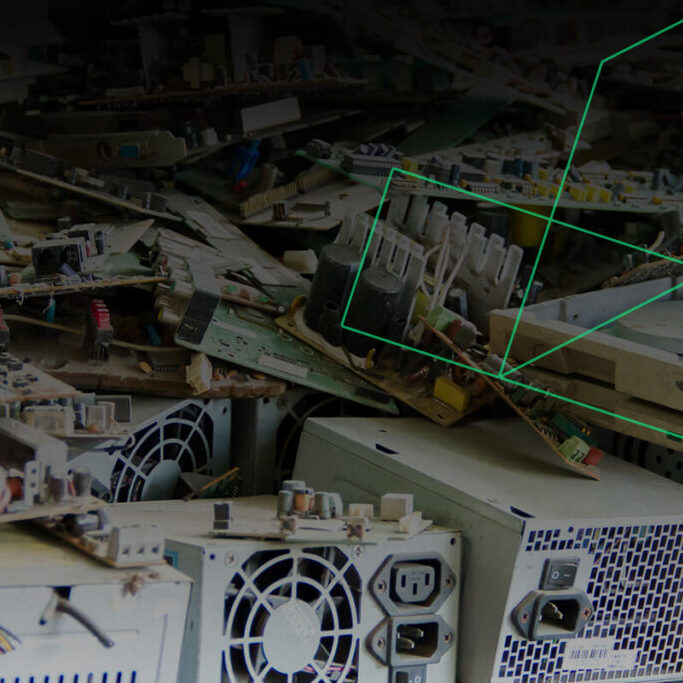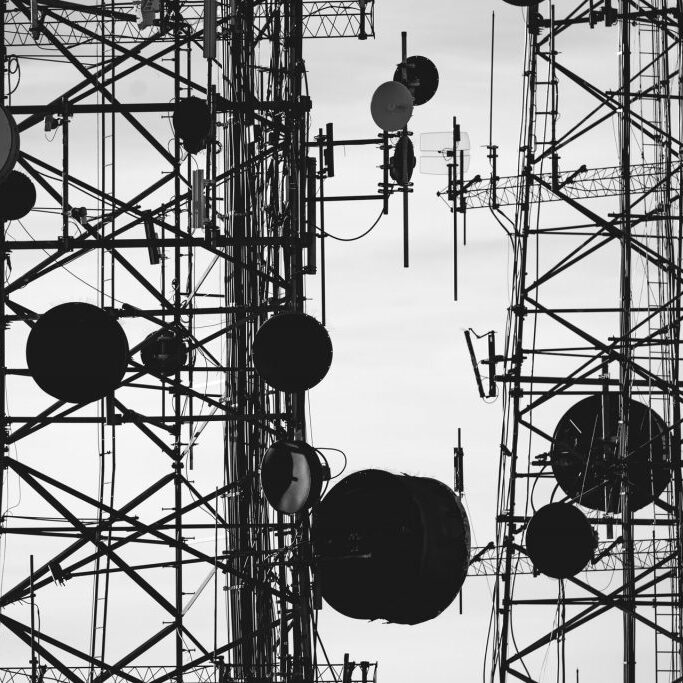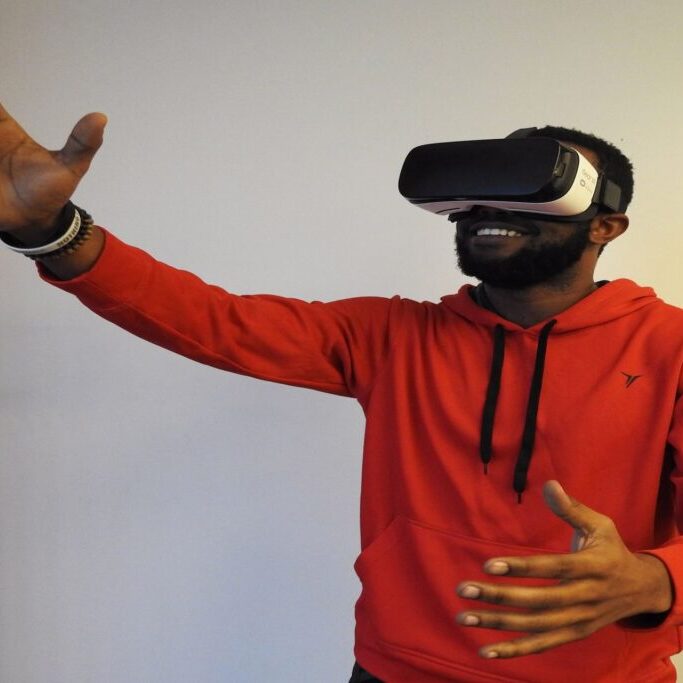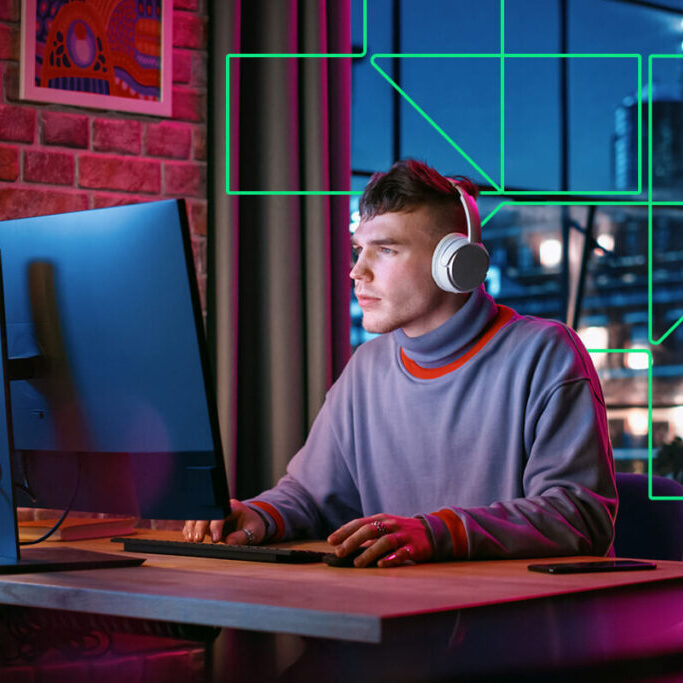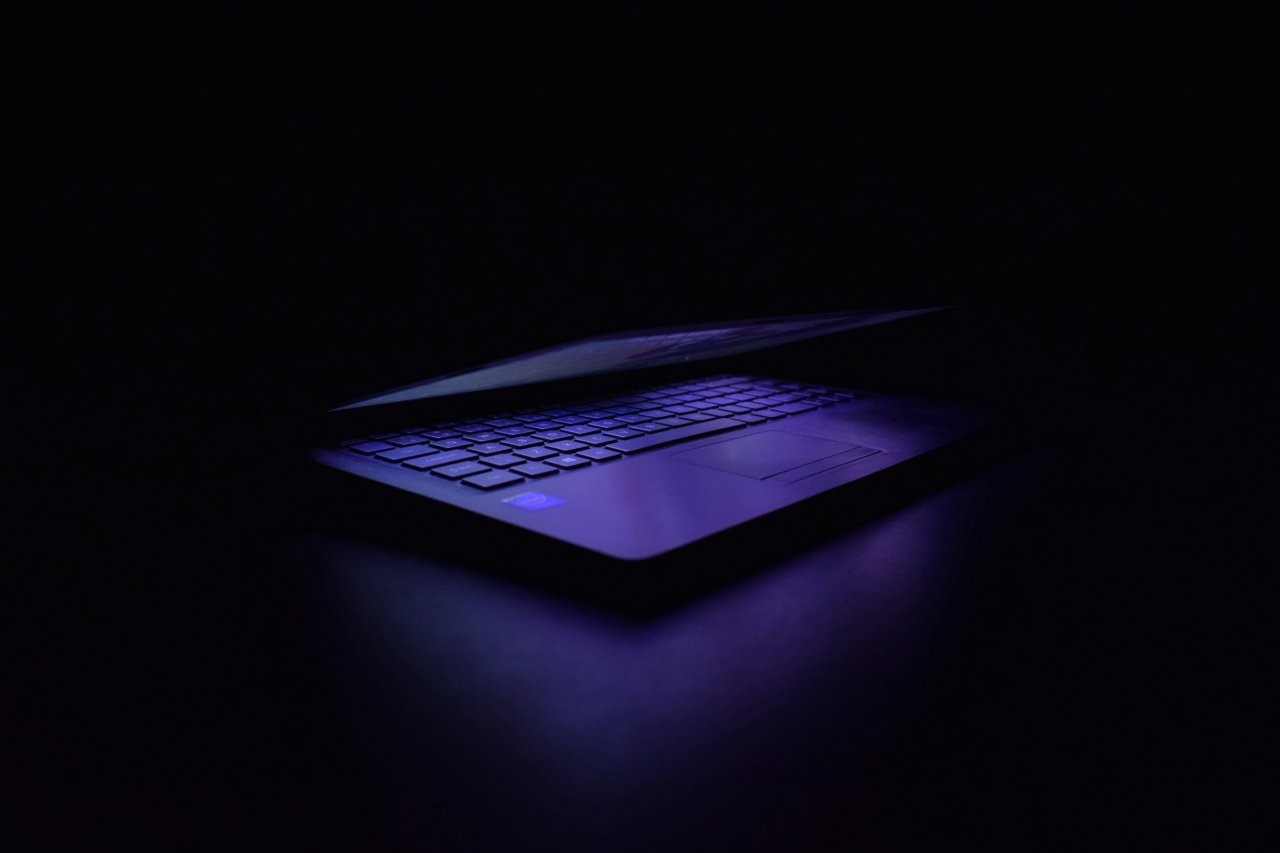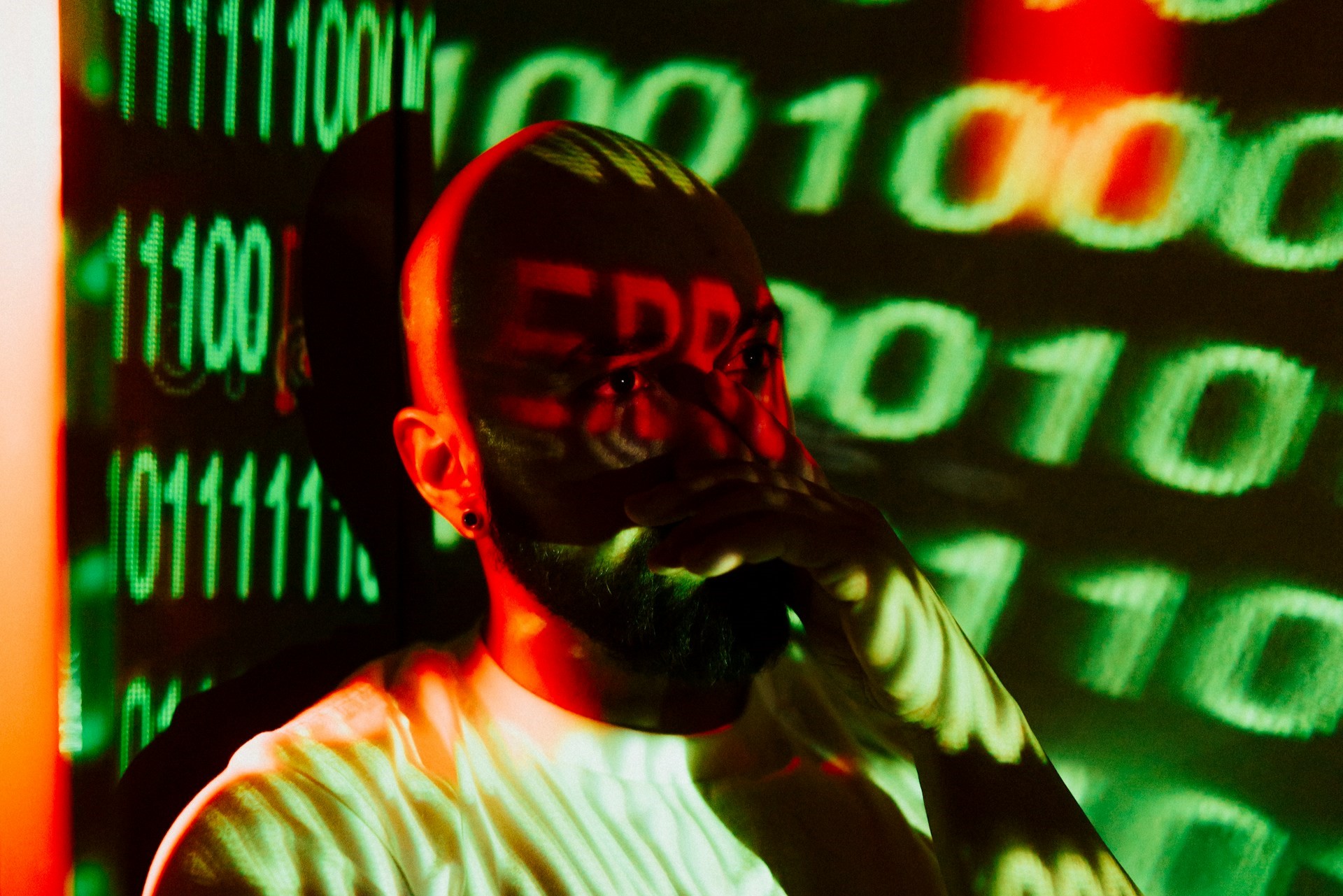Have you ever met someone who’s really good at recognizing others based on their facial features? Some people can even remember the faces of others they’ve only met once before.
Facial recognition takes this concept to the next level by turning a picture of a face into data. Facial recognition technology is exactly what it sounds like — tech that can recognize faces.
A variety of modern industries, from security to marketing, hope to adopt facial recognition.
However, this technology does come with some concerns. The cost of a security breach on facial recognition technology wouldn’t just be an inconvenience, but a potential breach in privacy that could result in cases of stolen identity.
Understanding the software is the first step to regulation.
How Technology Recognizes Faces
We already mentioned that facial recognition technology can turn an image of a face into data. But how?
Facial recognition technology parses out the structure of a face and makes a map from the geometry it measures out. It measures aspects like the distance between the eyes and the distance from forehead to chin. Those measurements become a unique mathematical formula, which creates your faceprint.
This is groundbreaking technology usually seen only on television before now.
However, like all things, television adds the fantasy element that facial recognition works perfectly all the time. In reality, the Electronic Privacy Information Center discovered that facial recognition only has a 61.4 percent accuracy rating, which isn’t good enough to hold much weight yet in the technology world.
That said, many believe the 61.4 percent is still intriguing enough to pursue the tech further.
Who Uses Facial Recognition?
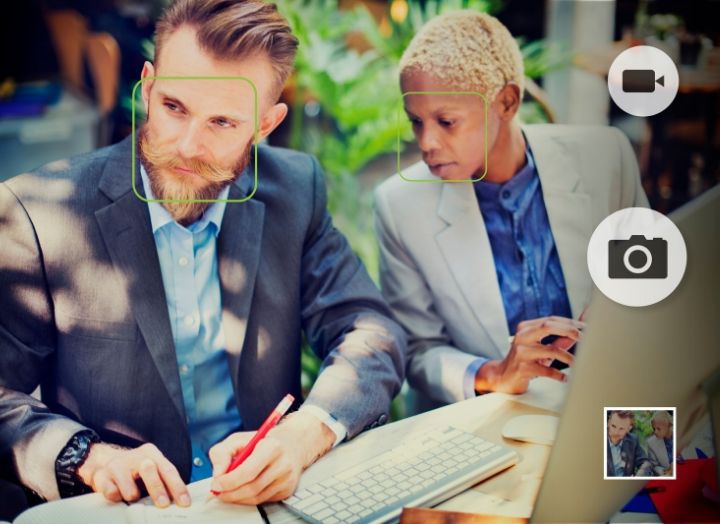
United States airports use facial recognition technology owned by the government for safety procedures. The tech helps the Department of Homeland Security identify people who are traveling while under criminal investigation, among other things.
Other industries have caught on to facial recognition technology, too. It holds the potential to do things like take attendance at group events, and is currently being developed to auto-tag photos more accurately on social media. Apple’s facial recognition software marks 30,000 infrared dots on a person’s face to unlock an iPhone.
There is even a public school district in New York that installed facial recognition technology to spot dangerous intruders. While the tech has become almost common in places like stadiums, motor vehicle departments and retail stores, installing it in schools has raised privacy concerns among locals.
The Public Opinion
There’s a strong concern for privacy in relation to facial recognition software.
The population has begun to grow wary of the technology, fearing a sort of technological dystopian environment. With this sort of public opinion present, using the software to do something like take attendance at an event could spur resentment and doubt among many groups of people.
Public opinion is strong enough that the entire city of San Francisco recently banned the use of facial recognition software, even by the police. The vote was eight to one by the Board of Supervisors, which led to San Francisco becoming the first city to block a tool the police use to apprehend suspects.
Aaron Peskin, who sponsored the bill, said of it: “We [in San Francisco] have an outsize responsibility to regulate the excesses of technology precisely because they are headquartered here.”
Researchers at Carnegie Mellon University and the University of North Carolina at Chapel Hill have even created glasses that make a wearer undetectable to facial recognition.
Social media sites like Facebook have added ways for you to opt out of facial recognition in pictures. People are already combatting the tech in various ways.
Most of the time, though, some cleverly placed makeup or jewelry can throw off the algorithm, too. This low percentage of accurate success is another reason for less-than-positive reactions to this technology.
The Future of Facial Recognition
Fictional media has created quite a few misconceptions about how facial recognition technology works and what it’s used for, but the reality of this technology is still in its infancy.
Facial recognition software can identify people, but it’s certainly not foolproof like in television shows, and its current uses aren’t as dystopian as one could be led to believe. The debate on how to safely use technology will continue to rage on, especially as more discoveries and advances are made.
Nowadays, there are more ways to secure your identity, but advancements in an area like this usually mean that new ways to steal your identity emerge, too. For now, facial recognition is here to stay, but how long it stays is anyone’s guess.
Recent Stories
Follow Us On
Get the latest tech stories and news in seconds!
Sign up for our newsletter below to receive updates about technology trends


